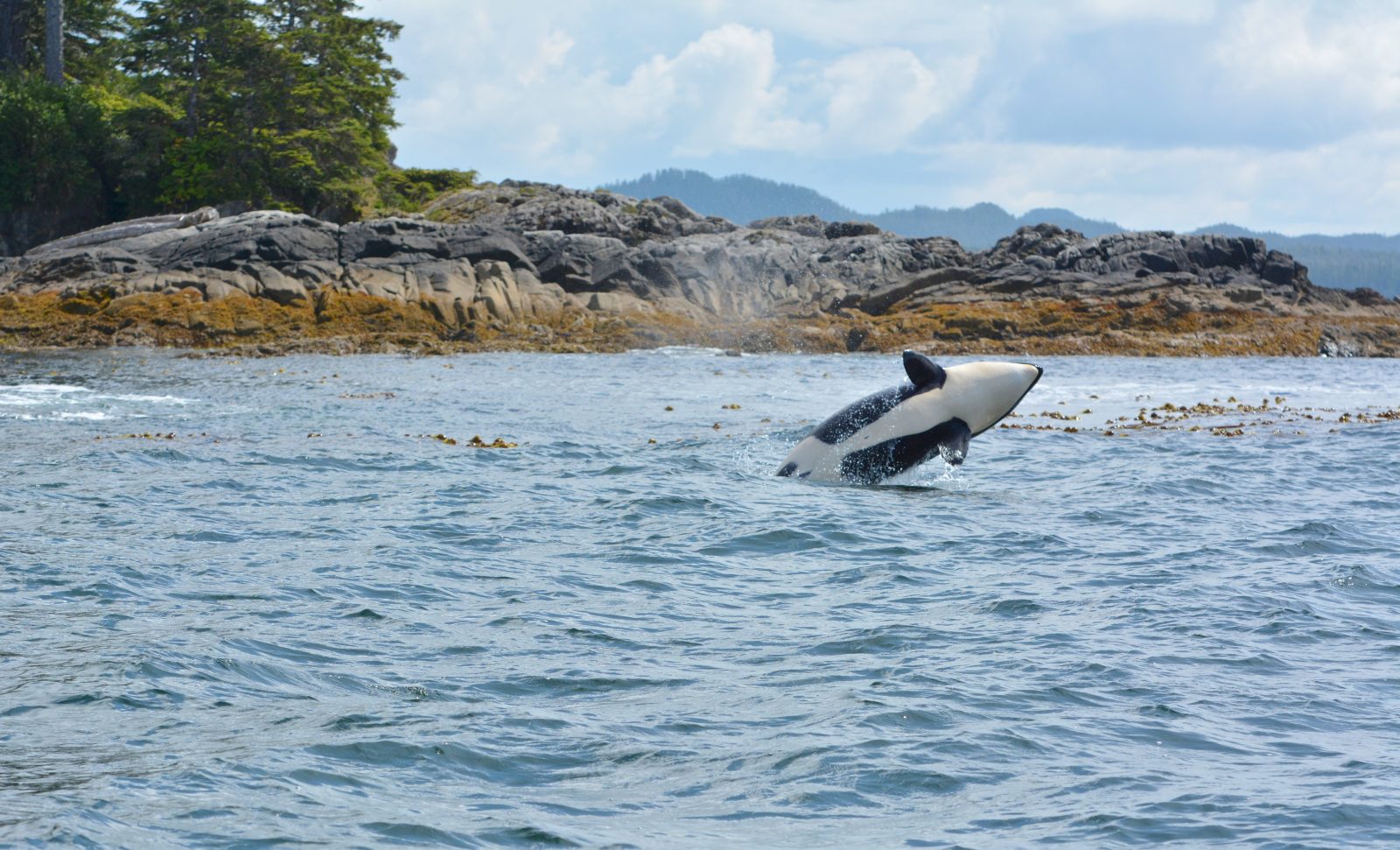Canada’s Species at Risk Act (SARA) is meant to protect endangered species and the habitat they need to survive and recover. It’s a good law on paper, but it’s not working the way it was intended because of Ottawa’s recalcitrance — slow implementation and chronic underfunding. The law has the potential to help Canada’s endangered species recover, but it’s going to take the sort of political leadership at the federal level that’s long been absent, as well as a meaningful financial investment, to turn this good law into strong on-the-ground protection.
When it was passed in 2002, SARA was heralded as a major step forward for wildlife protection. It was a step that came none too soon. Almost 30 years earlier, Richard Nixon gave his nod to a similar law in the United States and emerging science was telling the tale of wildlife populations dropping rapidly across Canada, the primary cause being loss or degradation of habitat.
To someone on the outside looking in, passing SARA might have seemed like a last-minute effort to curry favour by a government on its way out. But the law was actually drafted and passed in a manner that is becoming passé in Canada — more than a decade of exhaustive and extensive consultation with both proponents and opponents — regarding stricter measures to protect and restore endangered species.
It wasn’t until the law came into full force in 2004 that those who had spent years helping to shape it came to understand that a law “on the books” doesn’t mean very much if it’s neither implemented nor enforced.
Canada’s national identity is bound up in the idea of boundless wilderness. It’s a narrative that is perpetuated by governments that overuse phrases like Canada’s “natural heritage.” In reality, industrialization of Canada’s landscape is vastly disproportionate to our population — a 2014 study by Forest Watch reported that Canada had cut down more virgin forests over the last 13 years than any other country on the planet — and that’s bad news for wildlife.
The reason for the disconnect between our national mythology and our environmental record boils down to the fact that selling oil and lumber doesn’t mix very well with protecting wildlife. That’s why environmentalists, including myself and many of my colleagues at Ecojustice, eventually started going to court to uphold SARA ourselves. We successfully defended a succession of unloved species such as the ugly nooksack dace (a fish), the flashy but slow greater sage grouse, and the iconic orca. The federal government has found itself on a losing streak, yet it has consistently failed to bring its approach to wildlife protection in line with the law.
These days, the story of wildlife protection in Canada continues to play out in the courts. And the moral of that story is that regardless of the laws on the books, our government will not act to protect vulnerable wildlife, or the places they make their homes, unless forced to do so.
In the face of continued wildlife declines, a somewhat dubious silver lining is that when it comes to species protection, we still have a good law to rely on. With the 2012 omnibus budget bill, cornerstone federal laws like the Environmental Assessment Act, the Fisheries Act and the Navigable Waters Protection Act underwent massive changes. The cumulative effect of these is that it’s now more likely a project will proceed in spite of the threat it poses to wildlife. That these legal changes will have a negative effect on wildlife is undeniable, though the scale of the impacts are not yet fully understood.
Conservationists and environmental lawyers have speculated endlessly about why SARA survived when so many other laws fell. I like to think that federal legislators understand that the Canadian public has limits when it comes to rewriting laws to advance the needs of industry, and that making it easier to push species to extinction crosses the line. I also believe that one day we will move past the paradigm of “species at-risk” protection and pass laws that protect plants and animals before they become endangered. In the meantime, whoever forms our next federal government needs to commit to funding the full implementation and enforcement of SARA in order to protect our “natural heritage” before it’s too late.
This commentary first appeared in the September 20, 2015 edition of the Toronto Star.

